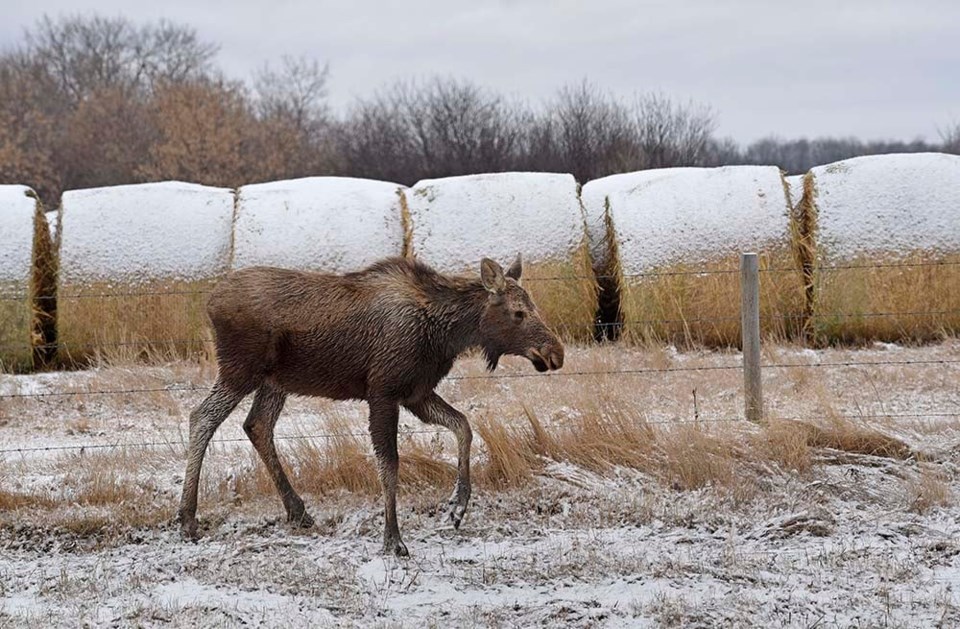WESTERN PRODUCER — Testing wildlife for bovine tuberculosis will occur in Saskatchewan as part of the investigation into the recent positive cases.
The environment ministry said it is working with the Canadian Food Inspection Agency and “reviewing options to conduct enhanced targeted surveillance for bovine tuberculosis in deer, elk and moose in the future.”
The ministry said it will share details with hunters and the public when they become available.
Testing will occur in wildlife management zones 37 and 48 in east-central Saskatchewan near Yorkton.
Saskatchewan Wildlife Federation executive director Darrell Crabbe said Saskatchewan has never had a positive case in wildlife.
He expected hunters will co-operate with surveillance efforts and requirements as they do for chronic wasting disease.
“Most hunters have grown to live with a potential disease,” he said.
Last winter was very hard on deer populations, he added, and numbers are significantly down.
CFIA said it will support the province as it plans for surveillance and testing.
In some parts of Canada, bovine TB is established in elk, white-tailed deer and bison.
Two known reservoirs are the Wood bison in and near Wood Buffalo National Park in northern Alberta and Northwest Territories and elk and deer around Riding Mountain National Park in Manitoba.
Although wildlife can be infected, scientists think they can’t maintain the infection unless other infected species are present. CFIA believes only the elk and deer in Manitoba have transmitted the disease to cattle around the park.
In Saskatchewan, 10 positive cases in one infected cattle herd have been confirmed so far, according to a July 26 CFIA update.
Live testing of one life line herd has been carried out and reactor animals were to be humanely destroyed by the end of July.
A life line herd is one that provided animals to the infected herd, including one of the positive cases. CFIA said these herds are separate from trace-in herds because they are connected to individual infected animals.
“Because of the known connection to individual infected animals, these herds are higher risk than trace-in herds,” the agency said.
You can no longer count on social media to deliver important news to you. Keep your news a touch away by bookmarking SASKTODAY.ca's homepage at this link.
Here's why you should bookmark your favourites.




